Interviews
Life in the Philippines
The community of nearly 2,000 people – by the – the Pacific War started, I think many return to Japan, but still, quite a few numbers were there. And there were baseball group, judo group, small group, kendo, odori, and there were festivals – obon festivals, and parade. There’s a – a movie theater, a – a lot shops, a lot was going on.
Civilians were welcomed, but when the war became very difficult, I think that there were a lot of incidences that were negative, being, you know, like natives were attacked as well as civilian Japanese who were attacked and forced to do something they didn’t want to do, like giving up the food, and they – at the end, they did not have a good feeling toward – but during the time we left, I think the relationship was good.
Date: July 12, 2017
Location: California, US
Interviewer: Mitsue Watanabe, Yoko Nishimura, Leighton Okada
Contributed by: Watase Media Arts Center, Japanese American National Museum
Explore More Videos
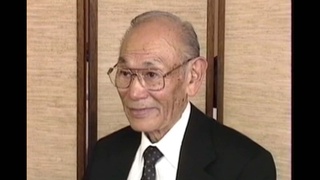
The Final Verdict
(1919 - 2005) Challenged the constitutionality of Executive Order 9066.



Peru Shimpo for the Nikkei community (Spanish)
(b. 1937) Professional journalist
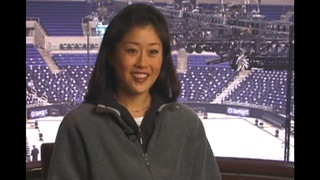
Support from the Japanese American community
(b.1971) Professional figure skater and Olympic gold medalist.
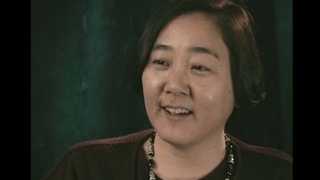
Heightened awareness of identity as a Japanese American
(b. 1955) Lawyer
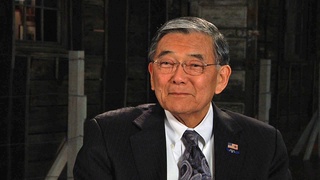
How he got into politics
(b. 1931) U.S. Former Secretary of Transportation
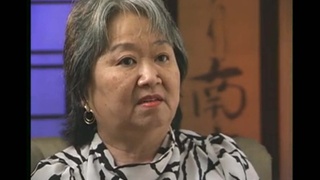
Search of family home by the FBI following the bombing of Pearl Harbor
(1937 - 2021) Teacher

Not recognizing father after reunion at Crystal City, Texas
(1937 - 2021) Teacher

A child's memories of activities at Crystal City, Texas
(1937 - 2021) Teacher

Hearing about Pearl Harbor
(b. 1921) Nisei veteran who served in the occupation of Japan

Traveling to Manzanar
(b. 1921) Nisei veteran who served in the occupation of Japan
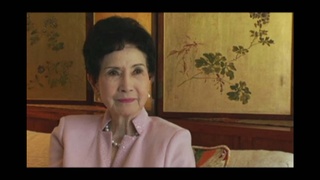
Victory Corps Work during World War II
(1925 - 2018) Nisei educator from Hawai‘i

Growing up with some Japanese families (Spanish)
(b. 1950) Nisei Chilean, Businessman

Jobs in Manzanar
(b. 1921) Nisei veteran who served in the occupation of Japan
